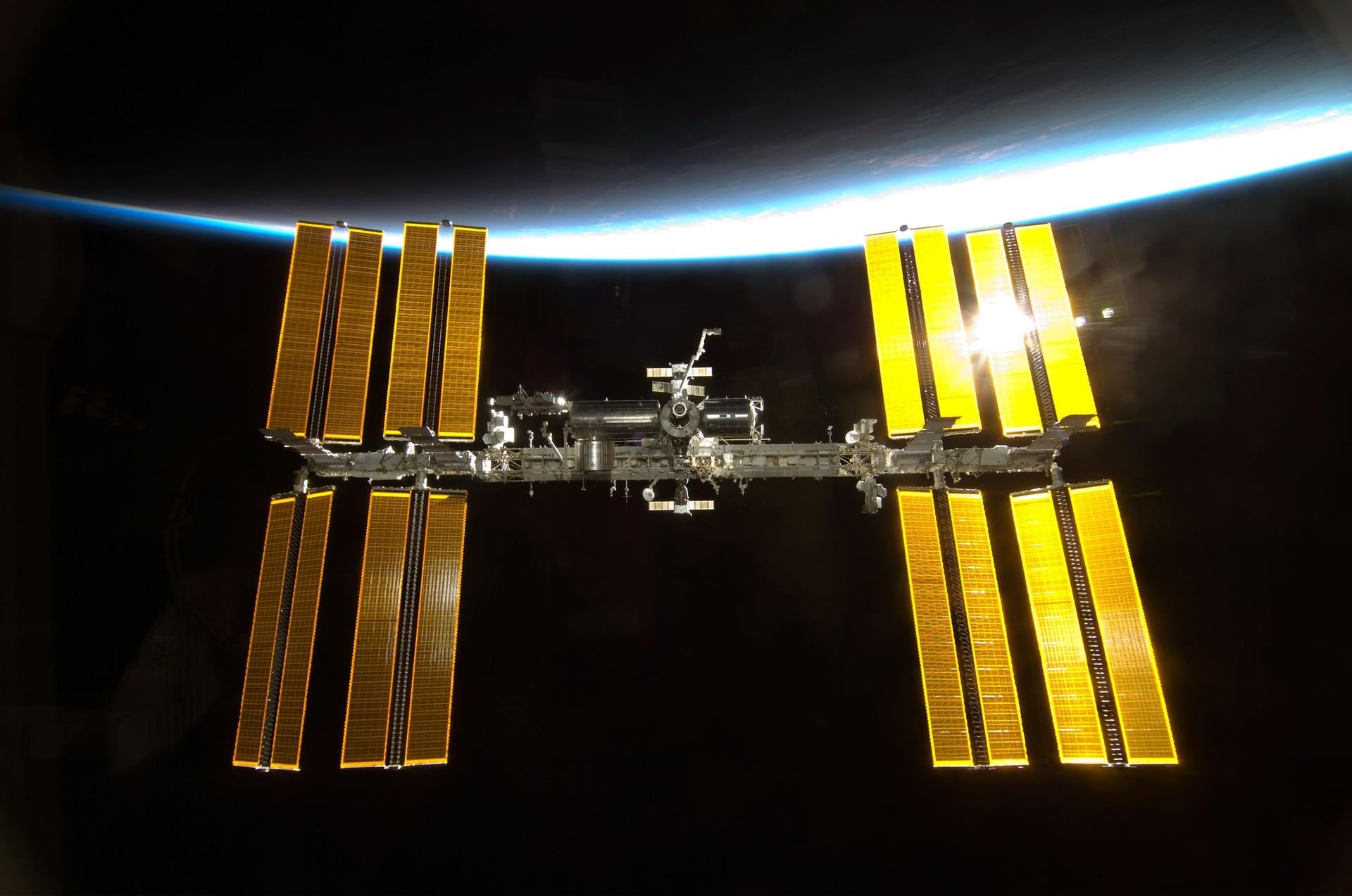[/caption] The three crew members on board the International Space Station were told to "evacuate" into the Soyuz spacecraft earlier today, when they were notified of possible debris hit to the station. However, thankfully, the debris passed by harmlessly. NASA and mission control in Moscow received a "RED threshold late notice conjunction threat alert" Thursday morning, confirming the object, cataloged as "25090 PAM-D" – said to be a piece of a spent satellite rocket motor --, would approach near the station at 16:39 GMT. Mission control radioed to the crew the possibility of impact to the station was low, but the piece of debris was large enough that if it hit the ISS, there would only be a 10 minute reserve time. NASA sources said the debris was estimated to be 0.009 meters (0.35 inches) wide, weighing less than 1 kg, (
Update:
NASA now says the object was about 5 inches (12.7 cm) and was expected to pass about 4.5 kilometers (2.8 miles) from the station. That is close enough for concern in space.
The crew responded quickly and professionally throughout the close-out procedures. ISS Commander Mike Fincke, US crew member Sandy Magnus and Russian Flight engineer Yury Lonchakov followed pre-prescribed procedures in closing hatches and window shutters before climbing into the Soyuz. The Soyuz hatch, however was left open. If the debris had hit the station, the crew could have quickly shut the Soyuz hatch and flew to Earth.
[caption id="attachment_26964" align="aligncenter" width="580" caption="The three crewmembers currently on board the ISS. Credit: NASA"]
[/caption] The object was initially classified as a low threat of collision with the ISS. However, tracking Thursday morning suggested a greater threat. Usually, when debris is seen as on a possible collision course with the ISS, the station is able to fire thrusters and maneuver out of danger. However, because of the late notice, there wasn't time to perform the thruster maneuvers.
Afterward, Fincke radioed to mission control that they had kept an eye out for debris passing by while they were in the Soyuz, but they didn't see anything. The crew quickly returned to the station, opening up hatches and other systems they had shut down, resuming their schedule. Magnus calmly said she was going to go running, part of the daily exercise routine astronauts must perform in space to maintain muscle mass and bone density. Events that were previously scheduled during the time of the evacuation procedures are being rescheduled.
See more info on the debris and evacuation procedures at
NASASpaceflight.com.
 Universe Today
Universe Today
